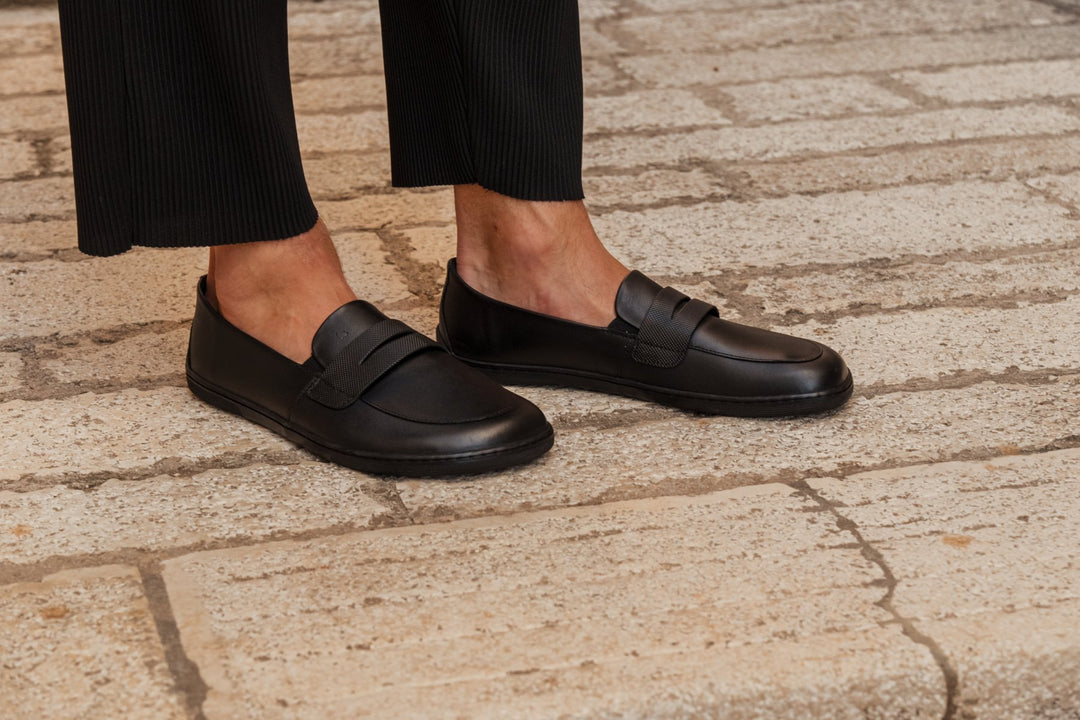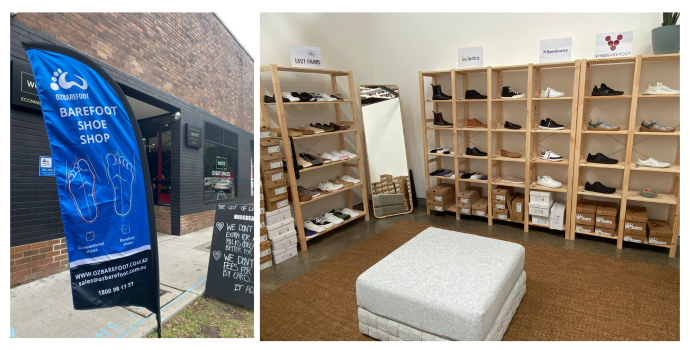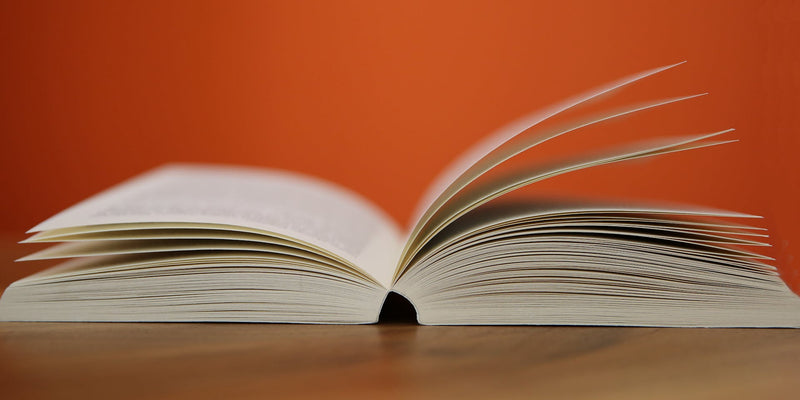Shoe options today are more diverse than they've ever been before. Simply walk down the street in any busy city and you'll likely see a mix of women in posh stilettos, laid back sneakers, delicate flats and chunky boots.
Men's shoes are usually slightly less varied, but still encompass a full range from casual street-styles to luxurious looking dress shoes.
With such wide selections available, many people get so caught up in staying up to date with the trendiest styles that they forget the most important factor: shoes are actually healthy for their feet.
Why Barefoot Shoes Are Better for Your Foot Health
The type of shoes best suited to building strong, resilient and healthy feet are barefoot shoes. Much like more traditional shoes, barefoot shoes come in a variety of styles and designs adapted for different occasions, but there are a few major differences that set them apart.
Namely, barefoots shoes are ergonomically designed to allow for natural foot movement. They're lightweight, spacious in all the right places, and they don't offer the rigidity or support of regular shoes. This is exactly what allows feet to thrive with a barefoot shoe lifestyle. They naturally build strength and mobility other shoes prevent.
If this sounds counterintuitive to the narrative you've always heard about shoes needing thick cushioning for comfort or a snug fit for better foot support, hear us out.
Regular shoe designs are often built with foot support in mind, but this isn't necessarily a good thing for most people. You could think of foot support from your shoes as being similar to the support training wheels offer while biking or lifejackets offer while swimming. They may be essential for some people in specific scenarios, but overall they can actually hold you back from developing better bike riding skills and stronger swimming abilities.
Your feet are no different. While supportive shoes may feel like a sure way to keep your feet safe, they actually prevent the muscles in your feet from working which can lead to weak, undeveloped feet more prone to injury.
Are Barefoot Shoes Just a Passing Fad?
Some of the naysayers may still claim that barefoot shoes are just a passing fad, but this argument doesn't stand-to-reason. Many of the earliest historical iterations of shoes tended to closely resemble many of the aspects of barefoot shoes, meaning that the phenomenon of barefoot shoes isn't new and it isn't likely to be going anywhere too soon.
One of the first clues that barefoot shoes are here to stay is simply their ever growing popularity. Though very old styles of shoes had similarities to barefoot shoes, the idea and term "barefoot shoes" wasn't coined until around 2004.
It was around this time that a small movement of minimalist shoes were brought to the mainstream market to offer a solution to the increasingly restrictive modern shoe options. This movement has been growing ever since and has especially picked up greater traction in the past few years.
Barefoot shoe users are rarely disappointed in their results, so time and momentum is on the side of barefoot shoe use continuing to grow in popularity as more and more people try them out.
Another reason barefoot shoes are much more than a passing fad is because they're becoming far more versatile. This category of shoes is broadening as more and more shoe companies are creating intelligent designs. There are now barefoot shoes available for the beach, for the city, for the winter and practically anywhere in between.
The styles are also becoming increasingly attractive. Barefoot shoes have had a reputation in the past of being more functional than aesthetic, but thankfully this is starting to change. It's now possible to get the best of both worlds and find barefoot shoes that are both highly functional and visually indistinguishable from regular shoes.
Did you know: Abebe Bikila of Ethiopia won a gold medal and set a new world record at the 1960 Olympics in Rome running a marathon race barefoot?
The Key Differences Between Barefoot Shoes and Regular Shoes
It's clear that barefoot shoes offer a solution to modern foot problems that no other shoes do. However, you may still be wondering exactly what the essential differences are between barefoot shoes and regular shoes, and what effects they have on feet.
Allow us to break it down for you...
1. Increased Toe Box Width
One of the core features of all barefoot shoes is a spacious and wider toe box area to allow for natural splay and movement of the toes. While barefoot shoes do vary in the amount of toe box width they have, they'll all be significantly wider than conventional shoes.
The purpose behind this is to avoid the squished toe effect of regular shoes. Even shoes that don't feel tight can physically limit normal toe movement that would occur without shoes on. Most people have become so accustomed to this feeling that they don't even notice the restriction, or else they may even like it.

The reason barefoot shoe principles avoid this restriction is because tight shoes can lead to a host of foot issues down the line and overall degrade the strength and mobility of the toes. Tight shoes can increase incidences of ingrown toenails, bunions, blisters and more which is definitely something most people want to avoid.
On top of this, having more room for toe mobility in your shoes can increase athletic performance and ease of day to day tasks (1). Strong healthy toes are important for balance, jumping, running, and even standing comfortably without pain.
2. Thinner Soles
Another key criteria for barefoot shoes is having a thin sole. Sole thickness still varies amongst barefoot shoes since ultra thin soles might not work for everyone in all environments, but they'll generally stay between 3-10 mm of thickness.
![]()
Conventional shoes on the other hand seemingly have no limit on how thick the soles can be. It's not uncommon to see running shoes with thick cushioning material between the foot and the ground, or chunky combat style boots with inches of rubber sole. This may be the aesthetic or feeling some people prefer, but it comes at a cost.
The further removed you are from the ground, the less sensations you'll be able to pick up on. If you think of what it would be like to walk around on stilts all day, it clearly paints the picture of more awkward movements and far less feedback from your senses of what you're stepping on.
Thin soles instead allow you to feel the bumps and texture of the ground beneath you and move around in a much more agile way. If you're navigating uneven ground in any capacity, you'll need to engage your senses to maintain balance and make good judgements about where to step. This is called proprioception. It means you'll improve your awareness of where you body is in space and make precise controlled movements in response.
So the main reason thin soles are important is because they enhance proprioception. This skill is not only essential for athletes, dancers, and ease of day-to-day life, but it can also be an important factor in preventing falls and accidents in older adults (2).
One important caveat to note is that thin soles are suitable for everyone or all environments. If there are hazards around (such as in a construction site), thick soled boots are a safer option. Some people also have conditions like plantar fasciitis which makes standing uncomfortable, so thin soles are not a realistic option for them.
3. LightWeight and Flexible Shoe Materials
Barefoot shoes are also almost exclusively made of lightweight and highly flexible materials. This is part of what allows for complete freedom of movement and makes it feel like the closest thing to being actually barefoot, as the name implies.
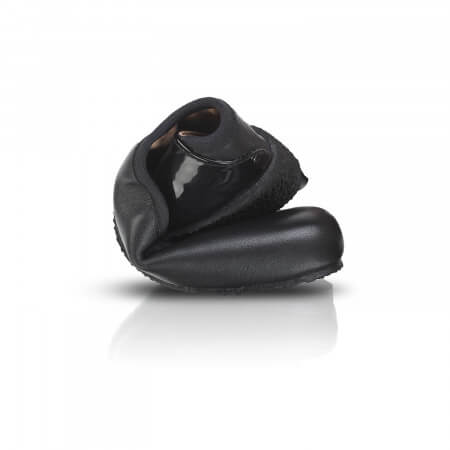
Lightweight shoes are great for athletes who want to move quickly, and they're also extremely comfortable for everyday use. Many barefoot shoes wearers even find regular shoes to feel heavy and cumbersome after they've become accustomed to the barely there feeling of barefoot shoes.
The flexibility of the shoes also contributes to the foot health benefits of barefoot shoes. If the feet are restricted by shoes in any way, the muscles that the shoe constricts can slowly weaken and make movement without the support of the shoes increasingly difficult (3).
This is very clearly something we want to avoid, so utilizing your full range of foot mobility with lightweight flexible shoes is one of the best ways to keep your feet resilient and healthy.
Did you know: many shoes in Europe in the 1300s were made of wood. Talk about uncomfortable and inflexible! Shoes have come a long way since then.
4. Zero Drop Design
The final most important design element of barefoot shoes is having the heel and toes be completely level. This is what's known as zero drop design. The design is intentional for the health of the feet because it allows for better ankle mobility and proper posture.
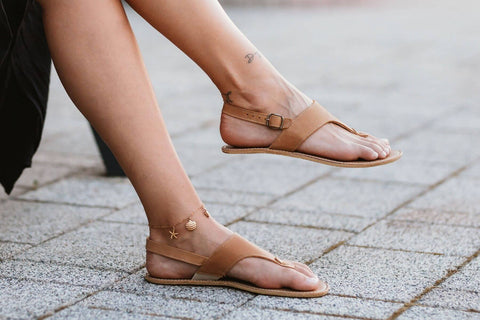
Many conventional shoes have an elevated heel, even sneakers, loafers and dress shoes. This is because many people are happy to add a few extra inches of height and because they like the look of this style, but once again, everything comes at a cost.
Having the heel elevated all day shortens the calf muscle, alters one's center of gravity, and causes the hips to tilt forwards. This causes an exaggerated curve of the lower spine known medically of lumbar lordosis.
In the short-term, this isn't necessarily an issue, but overtime this can cause muscular imbalances, pinched nerves, back pain, and even dysfunction of normal leg movement (4). While this sounds pretty scary, it won't happen to everyone and it won't happen overnight.
Still, we feel that completely avoiding this issue completely is easy by opting for much more logically designed zero drop shoes.
Read more: 5 Reasons Why You Should Try Zero Drop Shoes
Are Barefoot Shoes Right For You?
Now that you much more thoroughly understand the difference between barefoot shoes and regular shoes, you're probably wondering if they're right for you. While we're certainly barefoot shoe enthusiasts ourselves, we certainly recognize that they're not a feasible option for everyone.
Though most people can benefit from trying barefoot shoes, anyone with serious foot complications like plantar fasciitis, flat feet or musculoskeletal deformities should consult with a podiatrist first.
If you're new to the world of barefoot shoes you should also begin slowly, no matter how enthusiastic and excited you are to see the benefits. It takes feet some time to adapt to using more range of movement and muscular effort. You may be quickly fatigued and even find barefoot shoes somewhat uncomfortable for a period of time before your feet have gained significant strength.
Overall, as with anything else, there's no one-size-fits-all approach. Barefoot shoes are a great option for most people and they can make lasting impacts on your health. Use your common sense, consult a few specialists if need be, and see for yourself if barefoot shoes can change your life like they have for so many people.
Article Sources
- Robert G Lockie. (2014). A preliminary investigation into the relationship between functional movement screen scores and athletic physical performance in female team sport athletes. Biology of Sport.
- Martínez-Amat. (2013). Effects of 12-Week Proprioception Training Program on Postural Stability, Gait, and Balance in Older Adults. The Journal of Strength and Conditioning Research.
- Marie-Hélène Canu. (2022). Early movement restriction deteriorates motor function and soleus muscle physiology. Experimental Neurology.
- Se-Woong Chun. (2017). The relationships between low back pain and lumbar lordosis: a systematic review and meta-analysis. The Spine Journal.




